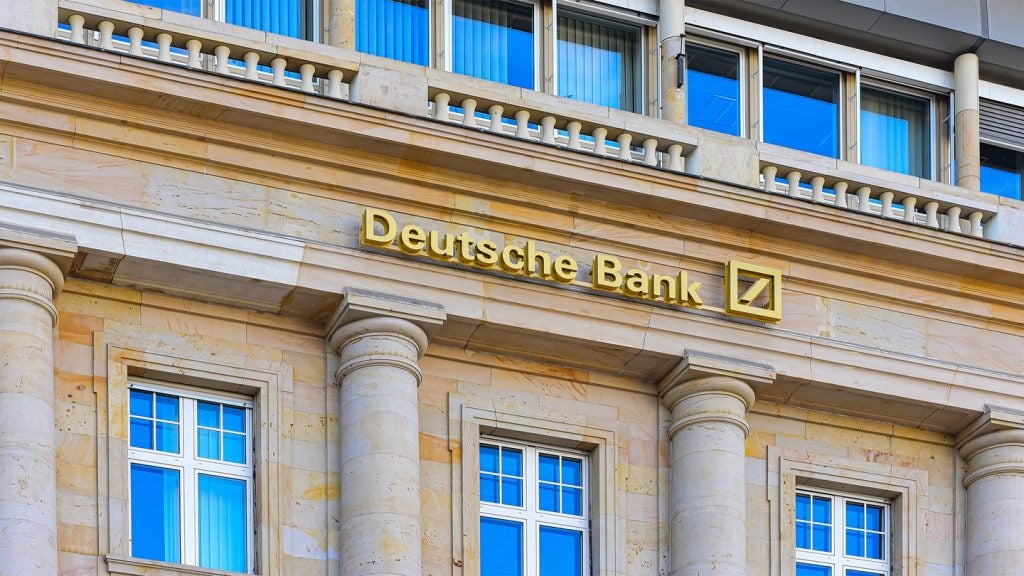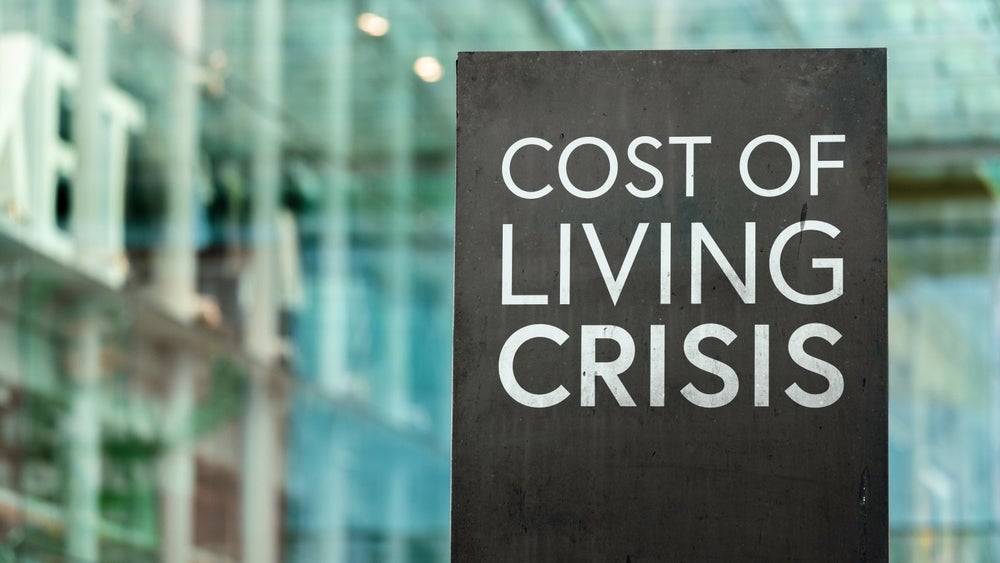Douglas Blakey talks to V Vaidyanathan,
member of ICICI Bank’s board and director for retail banking.
Despite the challenging economic environment in India, he says his
bank has grown its low-cost deposit base, maintained its net
interest margin and kept operating expenses flat in a year when it
doubled its branch network to 1,400 units.
Amid the banking annus horribilis of 2008, few banks
can claim to have enjoyed a good year. But by maintaining its net
interest margin, increasing profit and revenue, and avoiding an
increase in operating expenses in the nine months to December, all
the while doubling the size of its branch network, India’s ICICI
weathered the storm better than most.
And while the bank’s retail arm has not escaped unscathed, with
income from retail lending (which makes up about 50 percent of the
bank’s fee income) slowing and fees from the distribution of
third-party products such as mutual funds and insurance in decline,
the bank’s head of retail, V Vaidyanathan, remains bullish.
“We are very happy with the [third quarter]
results. We’re maintaining our net interest margin at 2.4 percent.
What, of course, stands out about the results is a reduction in
operating expenditure year-on-year of 14 percent while most other
banks in India have reported between 10-40 percent increases. For a
bank that has added three million new customers, and 700 new
physical branches last year, this is quite astonishing,” said
Vaidyanathan.
The bank’s success in growing its low-cost
deposits, and current account and savings accounts (CASA) has also
been a cause for satisfaction. In the past two years, CASA as a
percentage of the bank’s total liabilities has moved up from 18
percent to 28 percent, although it slipped back slightly from a
high of 30 percent in September. “Instead of growing assets we’ve
focused on increasing CASA,” he added.
The bank has shown the highest growth in
current account and savings accounts among all banks in India, he
adds. According to a banking report by local broker Enam, ICICI has
shown a spike in CASA percentages of 400 bps for the year. Out of
20 banks surveyed, 14 reported a negative growth in CASA, and 5
reported a rise of between 20-100 bps.
How well do you really know your competitors?
Access the most comprehensive Company Profiles on the market, powered by GlobalData. Save hours of research. Gain competitive edge.

Thank you!
Your download email will arrive shortly
Not ready to buy yet? Download a free sample
We are confident about the unique quality of our Company Profiles. However, we want you to make the most beneficial decision for your business, so we offer a free sample that you can download by submitting the below form
By GlobalDataThe composition of the bank’s total deposits
also reflects ICICI’s altered strategy. “We consciously let go of
wholesale deposits and kept the emphasis on retail, raising the
proportion of retail deposits over the year from 45 percent to 51
percent [of total deposits],” Vaidyanathan explained.
“The growth of CASA has been dramatic and
radical and has been a conscious choice. In 2006, interest rates
started to rise, having been relatively low for a long period. At
first, we were not sure if higher rates were here to stay, but we
decided to slow down the lending machine and concentrate on raising
low cost liabilities.”
By the middle of 2007, it was clear that high
interest rates in India were here to stay, vindicating ICICI’s
change of retail priorities. “We made the right call in 2006. With
the benefit of hindsight, applying soft brakes to retail lending
before the global economic situation declined has been borne out by
our results,” Vaidyanathan said.
In little more than eight years at ICICI,
ex-Citi banker Vaidyanathan, who collected the award on behalf of
the bank last April for Most Exciting Emerging Markets Bank at the
Retail Banker International Awards (see RBI 589), has built up the bank’s
retail division from virtually nothing.
He inherited a unit with around 50 employees;
today it comprises 26,000 staff, 25 million customers, $35 billion
in customer assets and an expanding branch network with a presence
in the deepest parts of India. “We have created a new way of
banking in the country with just about every retail initiative in
India having been introduced by ICICI,” he said.
The bank’s focus on distribution has formed a
significant part of its retail growth. Its online offerings have
blazed a trail in India and now 20 percent of its consumer
transactions are online, up from a mere 2 percent six years ago.
But ICICI’s branch investments, coupled with investment in
technology to leverage the network to the fullest, has resulted in
a five-fold increase in branches from little more than 400 units
five years ago to a planned 2,000 outlets by the end of this year.
Next year, the bank plans to add another 580 branches.
“Further investment in the branches will
really increase our deposit base and strengthen our main focus on
raising low cost deposits,” Vaidyanathan said. “Fast forward to
2010, 2011 and the chances are you will not see a significant
growth in lending but you will see we are flush with retail
deposits.”
|
Performance |
|||
|
ICICI – earnings fundamentals, |
|||
|
9M09 (INRbn) |
9M08 (INRbn) |
% change |
|
|
Net interest income |
62.28 |
52.25 |
19.2 |
|
Non-interest income |
59.30 |
64.49 |
-8.1 |
|
Total income |
121.58 |
116.74 |
4.1 |
|
Operating profit |
67.70 |
56.70 |
19.4 |
|
Provisions |
27.24 |
19.57 |
39.2 |
|
Profit before tax |
40.46 |
37.13 |
9.0 |
|
Total deposits |
2,090 |
2,297 |
-9.0 |
|
Advances |
2,125 |
2,155 |
-1.4 |
|
Total assets |
3,744 |
3,767 |
-0.6 |
|
Net interest |
2.4 |
2.2 |
|
|
Cost-income |
43.6 |
50.9 |
|
|
Source: ICICI Bank |
|||
Growing branch numbers
 Vaidyanathan
Vaidyanathan
stressed the bank would repeat its 2008 trick of growing the branch
network without a resultant increase in operating expenses.
“In the past year, we added 700 branches to
the network, with each branch typically staffed by six to eight
members of staff, without increasing our expenses. I cannot think
of any other bank which has managed this,” he said.
The bank’s enthusiasm to embrace a
multichannel strategy, aided by modern technology, is perhaps best
evidenced by the success of its mobile banking platform. The
demographics of the Indian market provide a fertile ground for
m-banking, with a ratio of mobile phone connections to internet ISP
connections of around 6:1 (300 million to 50 million); and
according to Vaidyanathan, this ratio will grow to 10:1 by
2010.
ICICI’s first generation m-banking service,
launched five years ago, attracted 7 million customers and was a
huge hit. Customers would receive a text message immediately after
any transaction on their account, providing details of the
resultant current account balance or remaining credit on credit
card accounts. But the offering was limited and did not enable
m-banking clients to transact. The 2008 launch of ICICI’s i-mobile
service changed all of that.
“We sensed that if we enabled transactions, we
had a big story on our hands. We initiated a project in 2007, code
named i-mobile, which also stuck as the brand name of the product
when it was eventually launched. To date, i-mobile has exceeded our
expectations,” Vaidyanathan explained
The service requires ICICI customers to
download the i-mobile application via GPRS and offers current
account balance enquiries, last five transactions details, fund
transfers, the ability to stop a cheque and loyalty card points
balances. “Customers can now do practically everything on their
phones that they can do on the internet, including paying bills as
well as services such as charging up the balance of their prepaid
mobile phones.”
ICICI also found a solution to a regular
dampener of enthusiasm for the latest m-banking technology – the
limited reach of GPRS-enabled mobile phones – by providing a
download service of the i-mobile application from the internet to
non-GPRS handsets through a data cable. “We felt this was a
breakthrough. There was one limitation though. Even the process of
downloading on the instrument via data cable met with inertia from
customers,” he added.
Vaidyanathan’s solution was to employ what he
termed “proximity marketing”. Technology was installed in-branch
which means if a customer happens to be within 20 square meters of
a branch, the i-mobile application is offered up automatically to
the customer’s mobile handset and is activated by accepting the
prompt to receive the application.
|
Country Snapshot |
|||
|
India – 9M09 results from selected |
|||
|
9M09 group profit after tax |
9M08 group profit after tax |
% change |
|
|
Bank of India |
21.96 |
12.52 |
75.4 |
|
Axis |
12.33 |
7.09 |
73.9 |
|
HDFC |
16.14 |
11.19 |
44.2 |
|
State Bank of India |
78.51 |
65.7 |
19.5 |
|
ICICI |
30.14 |
30.07 |
0.2 |
|
Source: RBI |
|||
i-mobile paid off immediately
The bank’s integrated approach to push the
i-mobile service paid off immediately, with over 100,000
registrations in less than six months. Vaidyanathan added: “Around
this time we came across an interesting technology called
Unstructured Supplementary Service Data (USSD) where the customer
doesn’t download anything.
“Using USSD technology, all the customer needs
to do is dial a number and the banking menu opens up instantly,
avoiding the need to download anything. This version will go live
shortly. But it is not a replacement; it is in addition to the
GPRS/SMS downloadable version.”
In December, a further online initiative
involved ICICI introducing an interactive online service designed
to emulate the branch banking experience, complete with virtual
staff. The new offering, complete with a virtual teller, branch
manager, receptionist and navigation tools bids to create the
feeling of a real branch, and, said Vaidyanathan, has got off to a
promising start. The service even enables cash transactions, with
customers able to withdraw and deposit cash by use of an agent
courier service. “At the moment it is a launch but we will call it
a success if even 5 percent of branch transactions move over to
this model,” he said.
The past year was not, however, all plain
sailing for ICICI, in particular the events of late September,
culminating in hundreds of customers withdrawing cash at branches
and ATMs in parts of India on rumours that the bank could fail.
ICICI moved swiftly, with outgoing chief executive KV Kamath
describing the rumours as “baseless and malicious”.
“It was not a run but yes, there were those
rumours but we dealt with it quite well,” said Vaidyanathan. “We
were candid with people but said, look at our AAA rating, our then
14.5 percent capital adequacy, it is now 16 percent, [well above
the Indian regulatory requirement of 9 percent]. The situation
quickly came under control.”
Looking ahead, Vaidyanathan, whom the Indian
press continue to tip for promotion within ICICI, remains upbeat,
not just about his bank’s prospects but also about the Indian
banking sector in general.
Observing the relative calm in the Indian
market, he said: “Almost everyone has complete confidence in the
Indian system. There is not a bank in India that has expressed
concern about its existence. The Indian sector has performed well,
with high capital ratios and sensible lending. We have not behaved
recklessly and above all, we have practically no sub-prime market
here. That has held us in good stead.”








